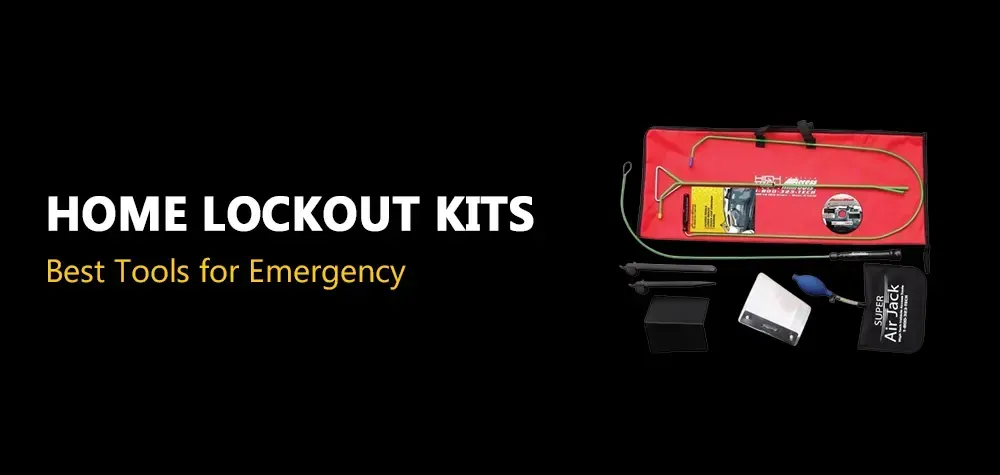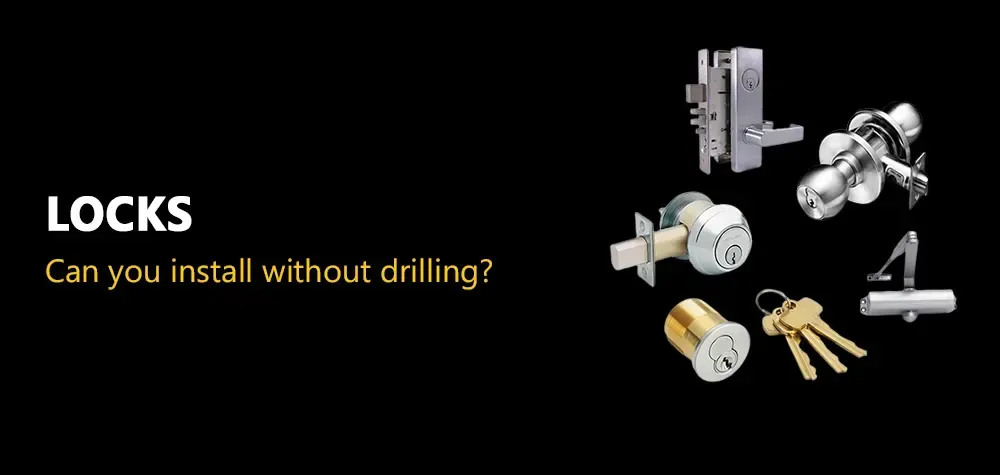Locksmith’s guide to dealing with flooded car locks
When heavy rain or unexpected flooding hits, most drivers worry about their engine or interior—but few think about their car locks until it’s too late. A flooded lock might seem like a small issue at first, but it can quickly escalate into a serious inconvenience, leaving you locked out, stranded, or even facing costly repairs. Whether you drive an older model with traditional keys or a newer car with electronic systems, water intrusion can compromise your entire locking mechanism. In this guide, we’ll break down what causes car locks to flood, how to deal with it step by step, and how to protect your vehicle from water damage in the future.
Do Locksmith Services Come with a Warranty? What to Check
How Does Water Even Get into Car Locks?
It’s easy to assume that your car’s lock mechanism is waterproof—after all, it's designed to handle the elements. But like most mechanical systems, it has its weak points. Water can seep into locks through tiny gaps, especially if your car is aging or if the rubber gaskets and seals have worn out. Heavy rains, flash floods, snow melts, or even aggressive car washes can force water into the crevices of your car doors and locks.
Think of the lock cylinder like a miniature maze of tumblers, springs, and pins. When water sneaks in, it doesn’t just make things wet—it disrupts the internal components. If the temperature drops afterward, the water can freeze and expand, jamming the mechanism. If it sits too long, it can lead to corrosion, making the lock stiff or completely nonfunctional. And in modern vehicles with electronic locking systems, moisture can be even more damaging, potentially frying circuits and disabling entry altogether.
Step-by-Step Guide to Dealing with Flooded Car Locks
1. Recognize the Warning Signs of a Flooded Lock
The first step is always awareness. A flooded car lock won’t always scream “problem” immediately. You might notice that the key feels stiff when inserted, or the lock doesn’t turn as smoothly. In some cases, the key won’t even go in at all. Electronic key fobs may fail to unlock the doors, or worse, set off erratic behavior in the central locking system. Don’t ignore these early signs—locks are like small talkers. They drop hints before a full-blown malfunction.
2. Avoid Forcing the Key or Lock Mechanism
Let’s say your key won't turn and your first instinct is to jiggle it aggressively or apply force. Resist that urge. Forcing a key into a compromised lock could break the key inside or damage the delicate pins within the cylinder. Instead, take a deep breath and acknowledge that you’re now entering the “careful handling” zone. Patience is your best friend here—and your locksmith's best advice.
3. Dry Out the Lock (Safely and Effectively)
Water trapped inside the lock needs to be removed gently. You can begin by using a can of compressed air to blow out moisture from the lock cylinder. Aim directly into the keyhole and give a few controlled bursts. If that’s not available, a hairdryer on a low heat setting (never high—excessive heat can warp the lock) held about 6 inches away can help evaporate the moisture. Always keep the airflow continuous, and don’t let the area overheat.
For colder climates where freezing is a concern, a lock de-icer or even isopropyl alcohol can help displace water and prevent ice from forming inside the lock. Remember, you’re not just drying—you’re actively preventing further damage.
4. Lubricate the Lock Post-Drying
Once the lock is moisture-free, it needs a bit of TLC to regain its smooth operation. This is where a quality graphite-based lubricant or a Teflon-based spray comes into play. These are dry lubricants that won’t attract dirt like oil-based ones do. Insert the nozzle into the keyhole and spray lightly, then insert and remove the key a few times to distribute the lubricant. This reconditions the inner mechanism and helps prevent rust or corrosion from setting in.
5. Test the Lock Mechanism Gently
Now that you've cleaned and lubricated the lock, it’s time to test it. Don’t force anything. Insert the key slowly, turn it with care, and observe how it behaves. If it’s moving more freely, you’re on the right track. If it still sticks or grinds, it may need a second round of drying and lubrication. And if it’s still unresponsive after that—it’s time to call in the pros. Your lock might be water-damaged beyond a simple fix.
6. Check the Central Locking and Electronic Components
Modern cars are full of tech, and water doesn’t mix well with it. If your car uses remote locking or keyless entry and it’s suddenly acting strange—doors locking and unlocking on their own, or the fob isn’t responding—moisture might have seeped into the internal wiring or control units within the door.
Open up the door panel (if you're handy and know what you're doing), or get a locksmith or mechanic to inspect it. Sometimes, drying out the control module with the same hairdryer trick can solve the issue, but serious water exposure might require replacement of components.
7. Know When to Call a Professional Locksmith
DIY fixes are great, but if the lock still refuses to cooperate or if you notice signs of corrosion inside the cylinder, it’s time to call a professional locksmith. They can remove the lock, clean it internally, or even replace it if the damage is too far gone. More importantly, they can assess whether the water damage has spread to other parts of your car’s security system.
8. Take Preventive Measures to Avoid Future Flooding
Let’s be real—prevention is cheaper than repair. Regularly inspect your car’s weather seals around the doors and windows. Cracked or worn seals are open invitations for water. Park your car under cover during storms, or at the very least, avoid low-lying areas that are prone to flooding.
You can also use silicone spray around the seals and lock covers to reinforce their water resistance. And if you're in an area where floods or monsoons are common, consider investing in a lock cover or flap for extra protection.
How to Deal with a Jammed Smart Lock
Final Thoughts: Your Car Lock Doesn’t Have to Be a Victim of the Storm
Flooded car locks are more than just an inconvenience—they’re a ticking time bomb if ignored. But the good news? With a little know-how, some DIY patience, and a locksmith’s wisdom, you can bring a lock back to life or save it from disaster in the first place.
Treat your car’s locks like the guardians they are. They protect your ride day in and day out, come rain or shine. So next time the skies open up, you’ll be ready—with knowledge in your hands and moisture nowhere near your locks.
Stay dry, stay smart—and if in doubt, call your local locksmith hero. They’ve seen it all.
Call Us Any Time!









